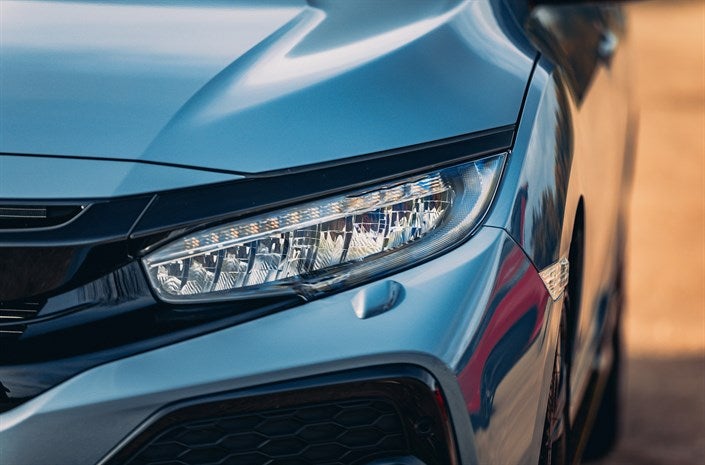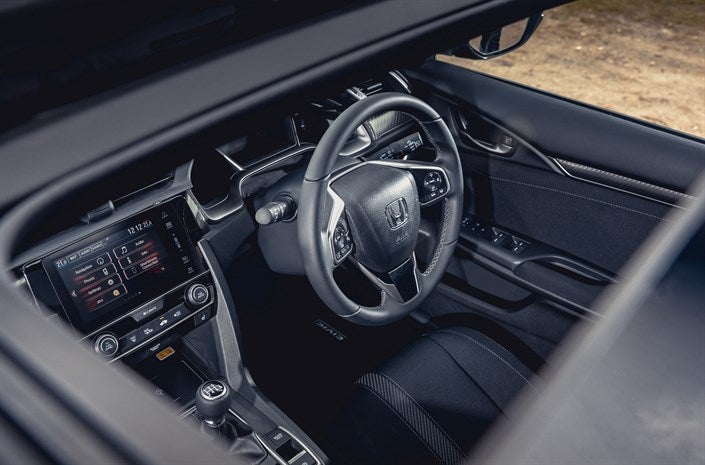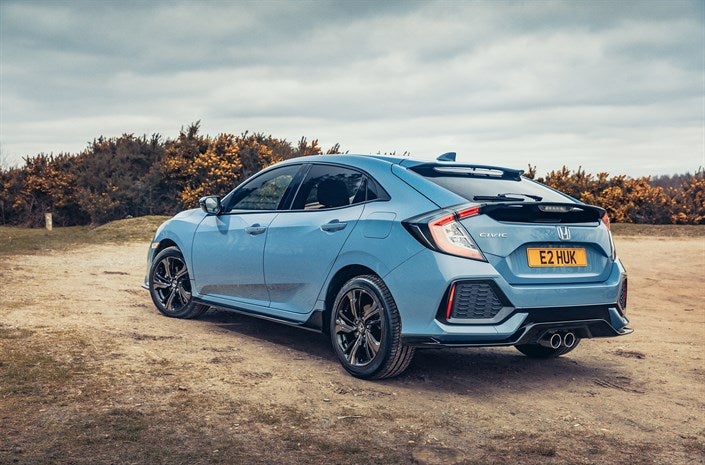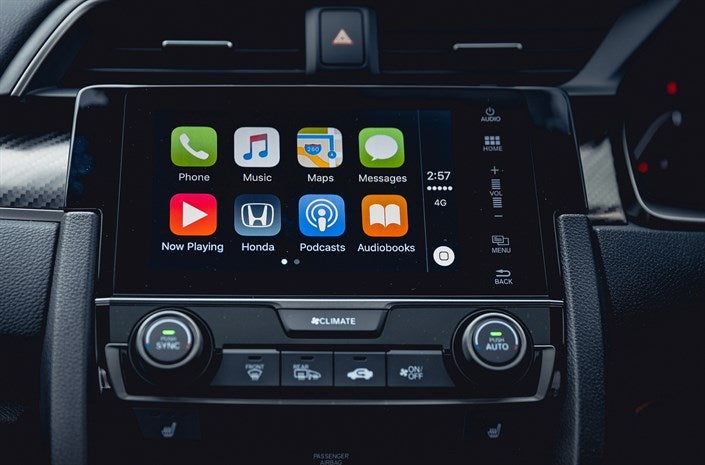Honda Civic (2017 model): Car Review
Lower, longer, swooshier and as British as ever

With some cars the politics are more interesting than the car itself. Certainly this is the case with the new Honda Civic. That’s not because the car is particularly dull, but because it is a symbol of Brexit, and Brexit is interesting, isn’t it?
You see the Civic is made in Swindon, and has been for many years, and many are exported to Europe, again as they have been for many years, ever since the days when Honda was a partner of Rover Group, if anyone remembers the “indigenous” British car industry. Brexit would cause enormous damage to the Swindon operation, in all likelihood, if it meant we left the EU customs union and the single market.
The supply chain would be disrupted by bureaucracy, costs would rise because of that and tariffs, and the engineering and other talent that comes in form Europe would be restricted.

The UK was chosen by Honda as a European base for making cars because it was a business friendly environment and inside the European Union’s vast single market. Soon neither of those things may be true. Draw your own conclusions.
Meantime Honda is looking to cope with Brexit as best it can, which means diversifying the Civic’s market away from the EU, to the extent it can; so this is why the Honda Civic you drive will be built in Swindon, just as the one your American, Japanese or Chinese counterpart will be driving was made in Swindon. Every Civic will be a Swindon Civic.
If Brexit goes wrong they’ll run out this new model and then maybe run down the whole operation, and a significant chunk of well-paid jobs will depart the UK for good. Fascinating, and a little frightening, no?

The Civic, now in its tenth generation, has always been a bit of a conundrum. For this is a company with sporty instincts, with great heritage in motor racing and, of course, motorbikes. Some of the more raw “Type R” performance models have gained cult status, and modded old Civics are a fairly common, if unsightly, sight on the road. By and large, though, the Civic has appealed to older, more cautious customers, and the free-revving abilities of the car aren’t usually exploited to the max. The last iteration of the Civic had rather extreme styling in an obvious attempt to shift the image towards the youthful end of the market, with some success.
This new Civic, for whatever reason, is a slightly more conservative take on the Civic theme. Gone are the faux coupe looks with the rear door handles concealed and the starship dash that was once there. Thing have sobered up and it has something of a Toyota look about it – with chunky rear lights and the swoosh of the bodywork.

There’s a bold piano black lump of a grille, which is the current Honda “face”, but the styling is still well balanced. This is a good-looking car, more confident, if you will, than, say, a Golf or Peugeot 308 (both recently facelifted as against the Honda’s all-new look).
It is lower than any previous Civic, and feels it. It thus bucks the trend for sitting drivers ever higher in miniature SUVs such as the Nissan Juke, a brave decision but surely the right one – sitting low means a low centre of gravity and superior handling, after all.
My test Honda was equipped with a small (1 litre) three cylinder turbocharged engine designed, as so many are to maximise economy (there’s also a brisker 1.5 litre version, both new units).
The spec
Honda Civic 1.0 VTEC Turbo EX
Price: £23,200
Engine capacity: 1 litre petrol; 6-sp gearbox
Power output (PS @ rpm): 129
Top speed (mph): 126
0-62 mph (seconds): 10.4
Fuel economy (mpg): 55.4
CO2 emissions (g/km): 117
Being a Honda it is more refined and flexible than other units, and also seems to possess more torque, so you don’t have to work the manual gearbox so much (a stepless auto box).
Excellent to use, in other words. The steering is maybe overly light for some tastes, but easy controls have long been a Honda strong point, and another reason why many owners love them and stay very loyal to them.
The interior is, if I am being brutally honest, still a little off the quality of a VW Golf, the benchmark product, but you really do have to care about the texture of your plastics to let that get you down.
The sat nav was blessedly simple to use and I found a reliable guide to seeking out the best routes around heavy traffic. It doesn’t sound much but you’d be surprised how many cars still lack a user-friendly satellite navigation system.

The only quibble I had with this likeable (though a little pricey) machine was the operation of the stop-start. In case you’ve not experienced this, this is the device that cuts the engine out when you’re at a red light, say, and starts up when you put the car in gear. Except in my case it was a little reluctant to do so, and that did spoil my enjoyment of it.
You can turn it off, but I didn’t as that was against the whole point of this car with its emphasis on economy. For long-term use I think it might start to put me right off the car, or maybe I’d find the knack of jabbing the clutch down. (Or have an auto instead.)
The Honda Civic, then. It’s been with us for ten generations over four decades and has been a global and British success story. But for how much longer?
Join our commenting forum
Join thought-provoking conversations, follow other Independent readers and see their replies
Comments
Bookmark popover
Removed from bookmarks